Ever since the DJI Neo came out, many people have been requesting a cheaper alternative to the Goggles 3. Well, now we have it: here are the DJI Goggles N3, and in today’s video, I’ll let you know everything you need to know about this brand new product.
Compatibility
The DJI Goggles N3 are a brand new product that caters to FPV enthusiasts who want to use their DJI Neo or Avata 2 drones and fly them in FPV mode. This is available only for those specific models, so it doesn’t work with the O3 air unit for now. DJI told me that the only models that work with the Goggles N3 are the DJI Neo and the DJI Avata 2.
Design and Comfort of the DJI Goggles N3
We have a new boxy design which makes the Goggles N3 a lot bigger and more comfortable. The new foam is a lot thicker, bigger in general, and more comfortable to wear for longer periods.
Technical Specifications
Inside, we have:
- 1080p full HD 60 frames per second screen
- 60 Hz refresh rate
- 54° field of view
- Two transmitting and four receiving antennas for more stable signal
- Support for 2.4, 5.1, and 5.8 GHz frequencies
- Automatic frequency band selection
Battery Life
The battery is integrated into the back of the strap, similar to what we’ve seen in other DJI Goggles. It provides a maximum battery life of 2.7 hours of running time.

Adjustability
When it comes to fitment, you can tighten or loosen the knob to adjust the size of these goggles and how tight they fit on your head. There are no diopter adjustments underneath the screen because DJI states that you can wear these with your glasses on.
Glasses Compatibility Test
To test glasses compatibility, I loosened them a little, removed my cap, and kept my sunglasses on. After tightening them slightly, they fit perfectly fine with zero light leak, though they needed a slight adjustment for comfort. This is particularly important since there’s no diopter customization available.

Physical Features
On the top of the goggles, you’ll find:
- 5D button for menu navigation
- Back button
- Ventilation
- SD card slot
- USB-C port for charging and smartphone view sharing
- Foldable antennas
- Power button on the right side
Pricing of the DJI Goggles N3
The Goggles N3 are priced at $229 per pair, which is incredibly competitive for FPV goggles. This makes it more affordable than ever to dive into the FPV world with your Avata 2 or DJI Neo.
Field Testing Experience
Testing was conducted at a beautiful historic location in Bulgaria. Despite windy conditions, which weren’t ideal for flying a drone like the Avata 2 (especially at the lagoon where the wind was quite strong), we proceeded with testing.
The flight experience revealed:
- Strong signal performance even at half a kilometer distance
- Clear visibility of the home point and surrounding caves
- Impressive precision when navigating around rocks
- Consistent signal strength throughout the flight
During testing, I considered flying through a narrow space but decided against it, noting, “I don’t think that’s possible to go through here, and I’m sure I will crash if I do it, so it’s not a good idea.” This was particularly important as I was flying under my line of sight, which required extra caution to maintain direct visibility with the drone to prevent possible crashes or signal loss.
Comfort During Extended Use
Throughout the flight tests, the goggles remained firmly attached with no light leaks. The foam material proved to be softer and more comfortable than the Goggles 3, making it a definite improvement in terms of comfort for extended wear.
Power Loop Feature
The new Power Loop easy Acro mode was extensively tested. By simply pressing up on the joystick, the drone performs a perfect power loop. While the loop ends higher in the air for safety (instead of continuing into a dive), it creates an exciting roller coaster-like experience. This feature, though perhaps gimmicky for advanced pilots, offers beginners a taste of acrobatic flying.

Technical Performance Comparison
With the Avata 2 and Goggles N3:
- 1080p 100 frames per second video transmission
- 31 milliseconds average latency
- Maximum bitrate of 60
With the DJI Neo:
- 1080p 60 frames per second video transmission
- 58 milliseconds average latency
- Maximum bitrate of 50

Comparison DJI Goggles N3 vs Goggles 3
Notable differences include:
- Weight: Goggles N3 weighs 536g vs. Goggles 3’s 470g
- DVR display shows small black bars on the Goggles N3
- Similar latency and overall feel
- Different form factor and size
- The N3 model features softer, more comfortable foam
Additional Features
- Smartphone connectivity via USB-C for secondary live feed through DJI Fly application
- AR cursor with motion controller for menu navigation, which is extremely handy for quick menu navigation without using physical buttons
- Full integration with DJI Fly application for enhanced functionality

Package Options
Two main options are available:
- Standalone DJI Goggles N3 at $229
- Complete bundle including the DJI Neo with Fly More package, Goggles N3, and motion controller three at $529
Conclusion
The DJI Goggles N3 represents an excellent value proposition for those looking to enter the FPV world or expand their DJI drone experience. With its comfortable design, solid performance, and competitive pricing, it’s an attractive option for both beginners and enthusiasts. While it may lack some of the advanced features of the Goggles 3, the comfort improvements and accessibility make it a compelling choice for many users.
This is Mike from Drone Supremacy, take care, and I’ll catch you in the next one very soon. Ciao!
Discover more from DroneXL.co
Subscribe to get the latest posts sent to your email.
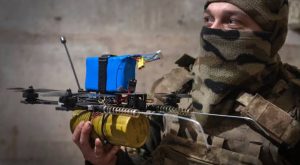
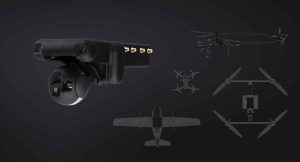
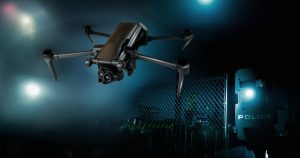
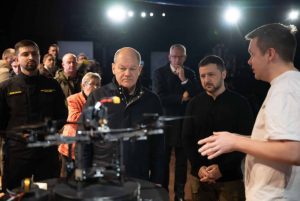
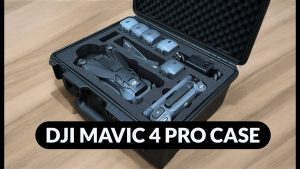
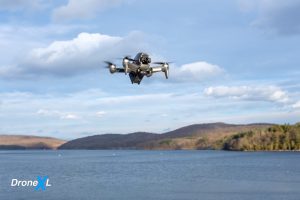
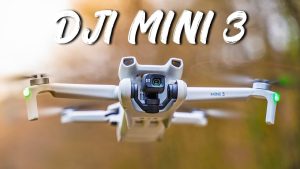
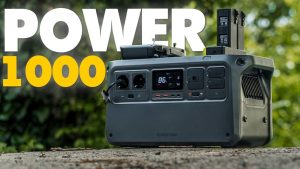

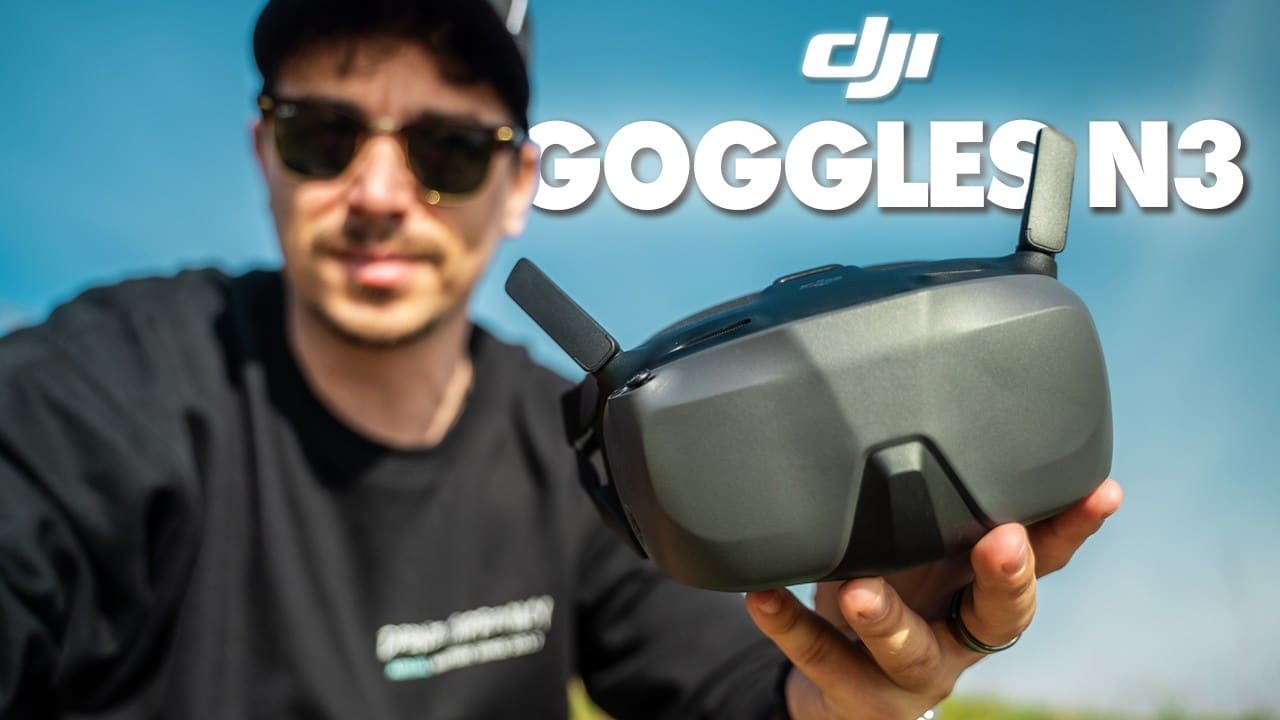

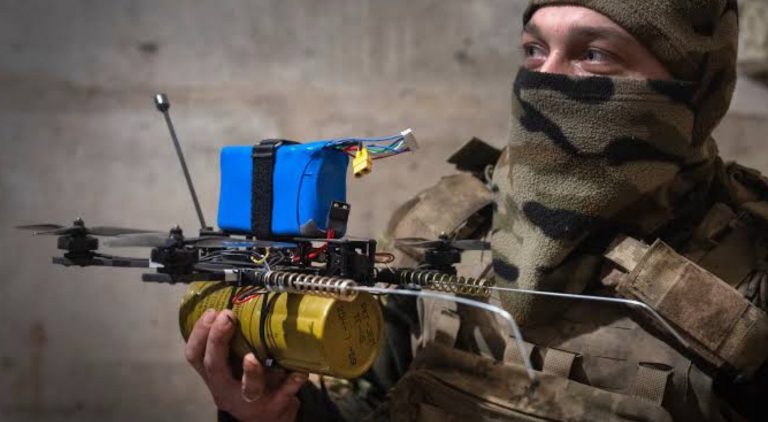
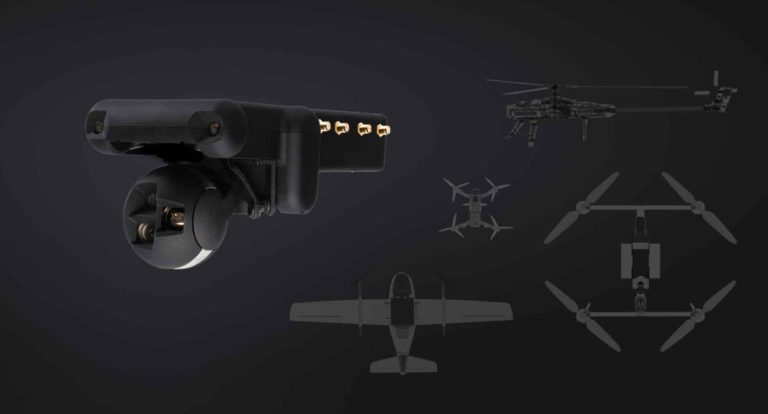
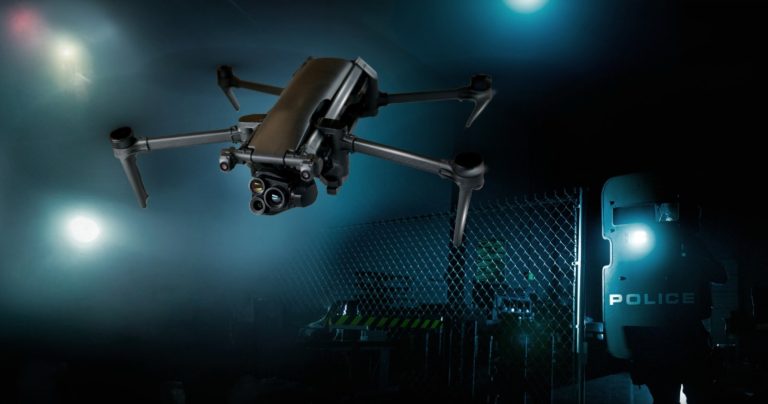
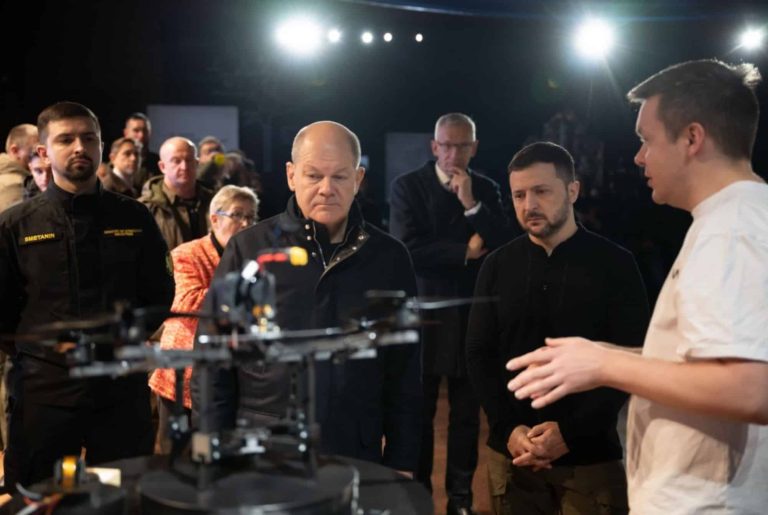
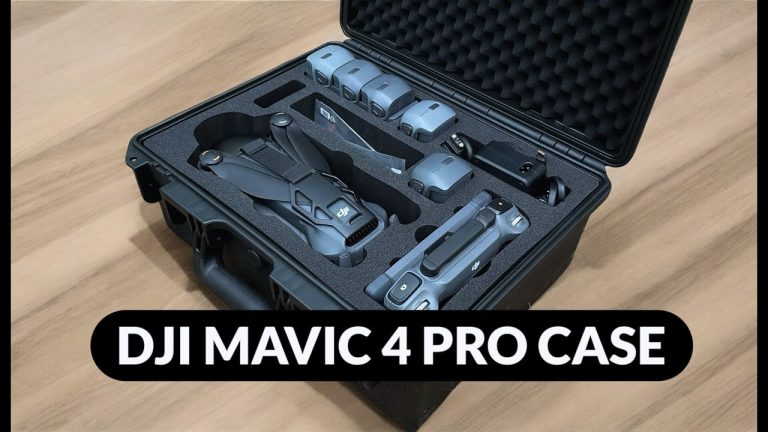
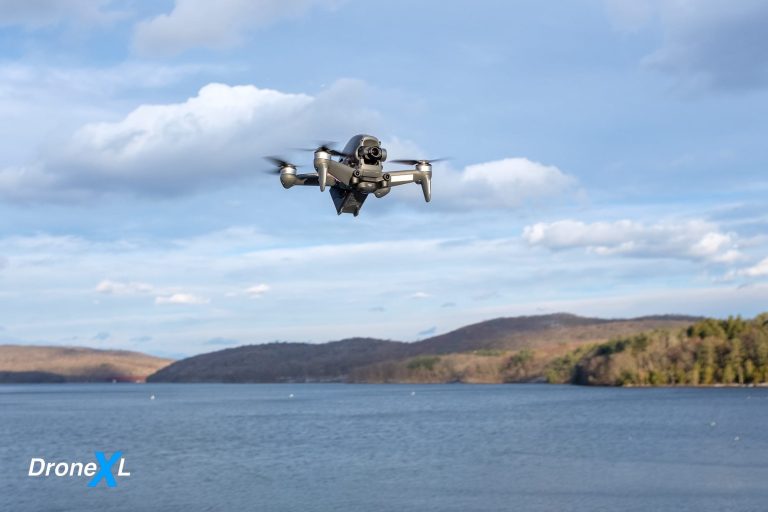
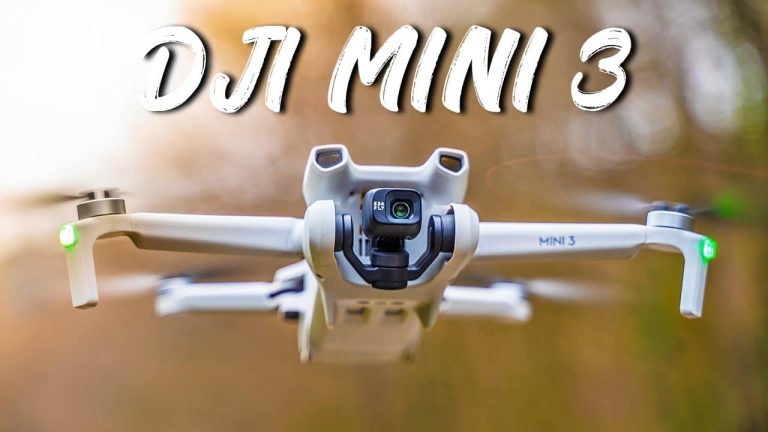
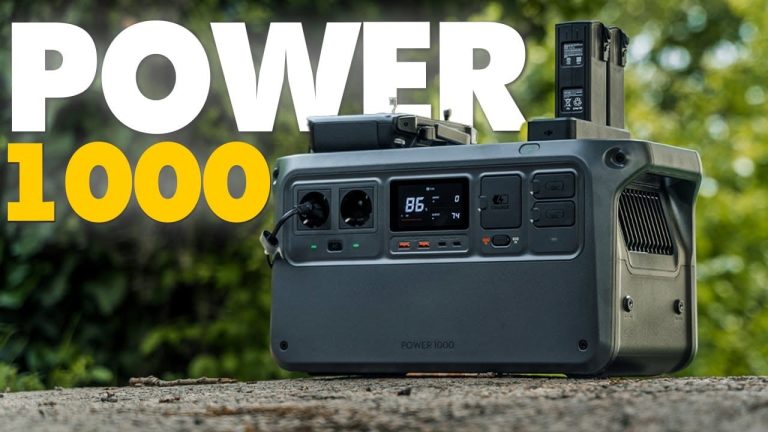
+ There are no comments
Add yours